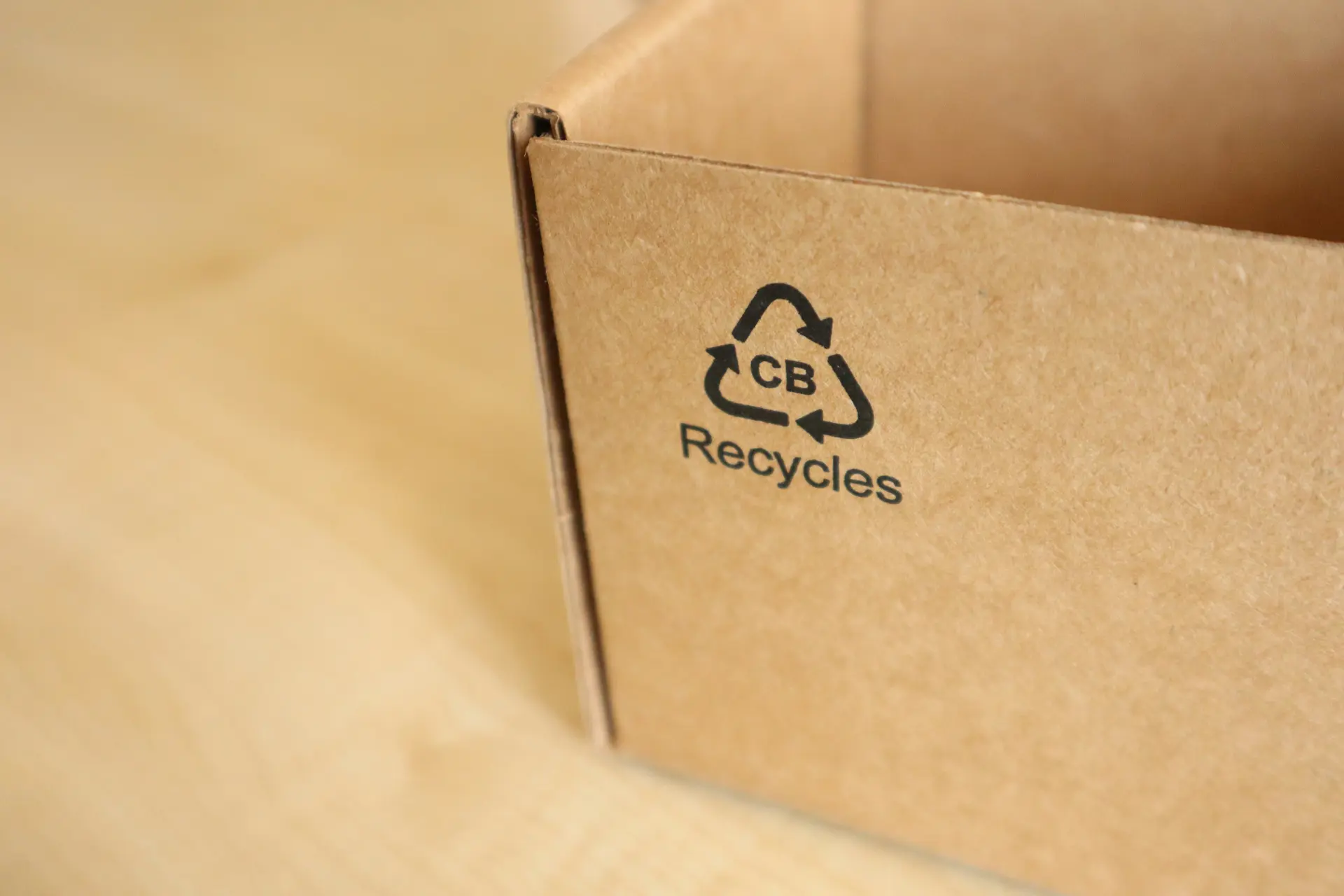Introduction to EPR and Its Growing Importance
What is Extended Producer Responsibility (EPR)?
Extended Producer Responsibility is a regulatory approach that shifts the financial and operational responsibility for managing the lifecycle of products, including packaging, from local authorities and consumers to the producers themselves. In simple terms, if your business makes, sells, or imports a product, you are also responsible for what happens to it when a customer no longer needs it. As emphasis shifts towards this type of approach, EPR implementation is an increasingly crucial consideration for many businesses.
For packaging, EPR typically covers obligations such as designing recyclable materials, ensuring correct disposal instructions, reporting packaging volumes placed on the market, and paying fees that fund recycling programmes. This approach is designed to encourage producers to think beyond product performance and factor in environmental impact from the very start of the design process.
Why EPR is Becoming a Critical Compliance Factor
EPR requirements are no longer a niche concern. They are being rapidly adopted and expanded in many countries, driven by public pressure for more sustainable business practices and by the global shift towards a circular economy. The UK, EU, Canada, Japan, and many US states already have well-established EPR frameworks for packaging, and more regions are joining them every year.
For businesses, this means that compliance is not optional. Missing an EPR deadline, failing to submit correct data, or using non-compliant packaging can result in financial penalties, blocked shipments, and even removal from retail listings. In highly competitive markets, such setbacks can have serious commercial consequences.
The Link Between EPR, Packaging Regulations, and Sustainability
EPR is a key part of broader packaging regulations aimed at reducing waste and conserving resources. While traditional compliance was often about ticking boxes to meet legal requirements, modern EPR compliance is increasingly tied to brand reputation and corporate sustainability goals. Customers, investors, and supply chain partners now expect packaging to be environmentally responsible as well as legally compliant.
In this environment, businesses need to manage EPR not as an isolated obligation, but as an integral part of their packaging strategy. This requires precise data, streamlined processes, and tools to keep pace with evolving legislation.
The 5 Key Challenges in EPR Implementation
Challenge 1: Navigating Complex and Evolving Regulations
One of the most significant challenges in EPR implementation is the complexity of the regulatory landscape. Packaging rules vary not only between countries but often within them. For example, a company selling products in both England and Scotland may face different EPR reporting requirements despite operating in the same overall market.
International brands face even more complexity. The labelling rules for recyclability in France may differ from those in Germany. Some countries require fees based on packaging weight and recyclability, while others calculate them according to material type and usage volume.
Even businesses selling domestically cannot afford to be complacent, as legislation is constantly being updated to reflect new environmental priorities. Regulations that were adequate two years ago may no longer meet current standards.
For a business without a robust compliance monitoring system, these changes can be missed until it is too late, leading to penalties or delays. This is why regulatory intelligence – the ability to track, interpret, and apply new rules quickly – is critical to staying compliant.
Challenge 2: Managing Packaging Data Across Multiple Products
A single product may have multiple packaging components: outer cartons, inner packs, labels, inserts, and protective materials. Multiply this across hundreds or thousands of SKUs, and the data management challenge becomes clear.
In many organisations, packaging specifications are scattered across spreadsheets, shared folders, and emails. This fragmentation creates risks. Data may be incomplete, outdated, or duplicated. Teams may not have visibility of the latest version of a specification.
This becomes a major problem for EPR compliance, which requires accurate and up-to-date packaging data. Authorities expect detailed reports on materials used, volumes placed on the market, and recyclability status. Any inaccuracies can result in penalties or re-submissions that delay product launches.
Centralising this data in a single, accessible system is essential. With the right platform, businesses can manage all packaging information in one place, ensure data accuracy, and make it available to all relevant teams, from design to compliance to procurement.
Challenge 3: Ensuring Accurate Labelling and Product Marking
There is a close link between EPR and labelling requirements. Many EPR regulations mandate that packaging must display information to help consumers recycle correctly. This can include material codes, disposal instructions, or environmental logos.
Mistakes in labelling are a common source of compliance failures. For example, using the wrong recycling symbol, omitting a required country-specific instruction, or failing to update labels when packaging changes can all lead to violations.
The complexity increases for products sold in multiple markets, where each country may have its own set of symbols, colour codes, or language requirements. In some regions, incorrect labelling can even result in products being withdrawn from sale until the issue is corrected.
Keeping labelling compliant requires precise control over packaging artwork, clear communication between design and compliance teams, and a system for tracking regulatory changes by market.
Challenge 4: Tracking Materials and Supply Chain Compliance
For EPR reporting, businesses must be able to prove where their packaging materials come from, what they are made of, and whether they meet environmental standards. This demands complete supply chain transparency.
If a supplier provides packaging that contains restricted materials or fails to meet recyclability requirements, the responsibility ultimately falls on the producer. Without proper tracking and verification, a company may unknowingly place non-compliant packaging on the market.
The challenge becomes even greater when dealing with multi-tier supply chains, where packaging components may pass through several vendors before reaching the producer. In such cases, having the ability to trace every stage of the packaging lifecycle is vital.
This traceability is also essential for audits. Regulatory authorities may request evidence of compliance at any time. Being able to provide it quickly can mean the difference between passing and failing an audit.
Challenge 5: Maintaining Efficiency While Meeting Compliance Demands
EPR compliance is time-sensitive. Many regulations require quarterly or annual reporting, and packaging approvals must often be completed before a product can be launched.
Manual compliance processes, such as emailing spreadsheets for review or manually checking each label, are not only slow but also prone to errors. These delays can push back product launches, damage customer relationships, and cause missed sales opportunities.
The challenge for many businesses is to integrate compliance checks into their packaging development process without creating bottlenecks. Achieving this balance requires automation, standardised workflows, and centralised access to compliance information.
How 4Pack Addresses These Challenges of EPR Implementation
4Pack’s packaging compliance management software is built to meet these challenges with precision and efficiency.
- Centralised Compliance Management: 4Pack consolidates all packaging data, specifications, and compliance documents in one secure platform. This ensures teams have instant access to accurate, up-to-date information.
- Regulatory Intelligence: The system monitors regulatory changes across multiple regions and alerts you when rules are updated. This enables proactive adjustments rather than last-minute corrections.
- End-to-End Lifecycle Visibility: 4Pack tracks packaging from initial design through to distribution. We make it easier to identify potential compliance risks early.
- Customisable Compliance Workflows: Workflows can be tailored to your business needs, ensuring every compliance step is followed and documented.
- Audit and Traceability Tools: With full material traceability, you can produce compliance evidence quickly during audits, saving time and reducing stress.
- Seamless Integration: 4Pack connects with ERP and PLM systems, streamlining data sharing and ensuring compliance management does not disrupt existing processes.
Benefits of Using 4Pack for EPR Compliance
- Reduced Risk of breaches by ensuring all packaging and labelling meets current regulations.
- Time and Cost Savings through automated processes and elimination of manual data handling.
- Improved Efficiency with centralised information and collaborative workflows.
- Enhanced Brand Reputation by consistently meeting and exceeding compliance requirements.
Summary
EPR is no longer a future concern but a present reality. Businesses that treat it as a core part of their packaging strategy will not only avoid penalties but also gain a competitive advantage.
4Pack’s end-to-end compliance solution transforms EPR from a complex burden into a streamlined, manageable process. By centralising data, tracking regulations, and automating workflows, it enables companies to meet EPR obligations with confidence and efficiency.
For organisations ready to take control of their EPR compliance, the best time to act is now. Book a demo with us today.



